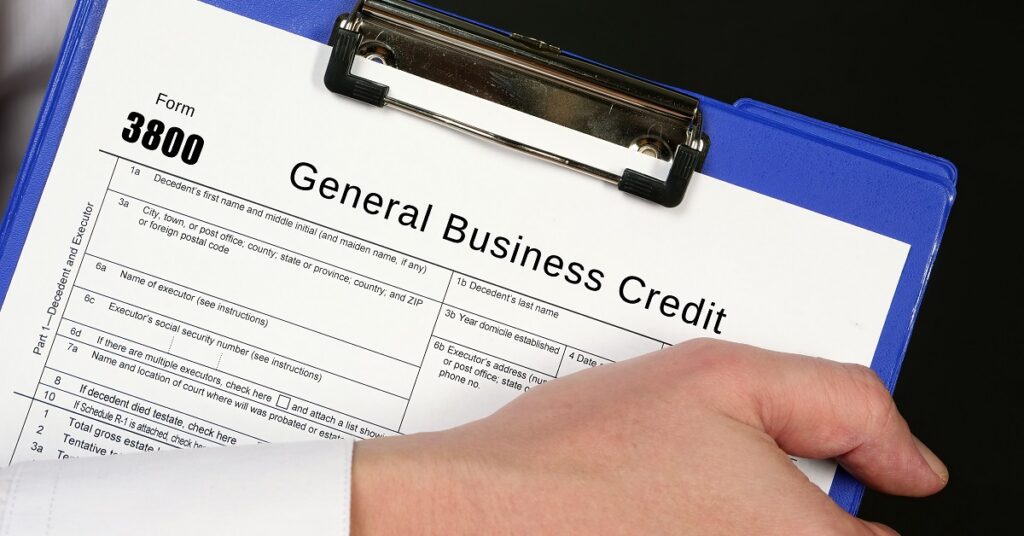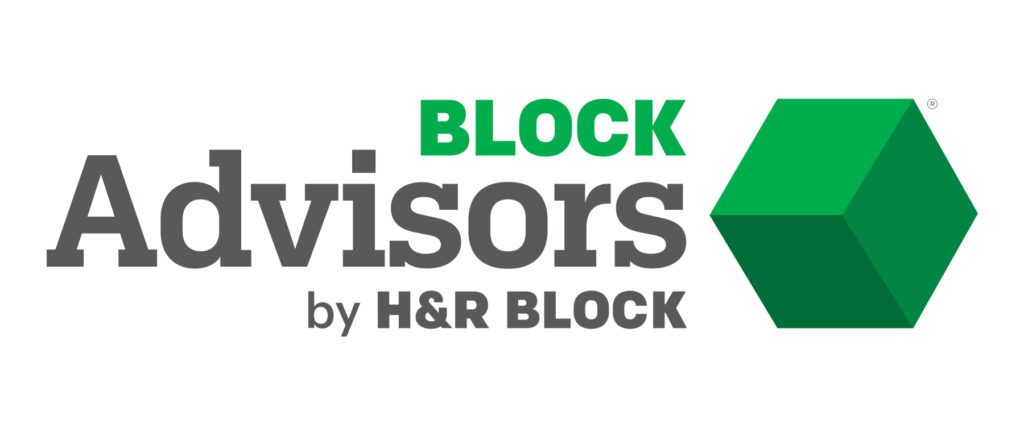Form 3800: How to fill out the general business credit tax form
7 min read
April 29, 2024 • Block Advisors
As a small business owner, you may wonder how to save money at tax time. One way is through tax deductions, and the other is by taking advantage of tax credits for small businesses. (A quick reminder! Tax deductions reduce your taxable income, whereas tax credits are dollar-for-dollar reductions of the income tax you owe). So, if you claimed several small business tax credits, this is where Form 3800 comes into play. You must submit Form 3800, General Business Credit, alongside your tax return to the Internal Revenue Service (IRS). Keep reading to learn more about this important tax form, including step-by-step instructions for how to file Form 3800.
What is the general business credit (GBC)?

Put simply, the general business credit is the total value of all the tax credits a small business claimed for the tax year. If you claim more than one tax credit, you will have to report the total on Form 3800. The GBC is unique because it doesn’t represent just one tax credit. Dozens of different credits could be included on this form, all combined to determine the overall allowable credit – the amount that comes directly off your tax bill. The general business tax credit is a nonrefundable credit that reduces your total tax bill.
Who needs to file IRS Form 3800?
If you claim any one of the general business tax credits for your small business, you must file IRS Form 3800. Note that this form calculates the total amount from business tax credits you can claim in a single tax year AND is used to carry back or forward certain credits from other tax years.
We’ll dive deeper into step-by-step filing instructions next, but it’s important to know that you must also file the individual IRS forms for each tax credit, if applicable. If you claim one of the following credits, you may also have to file Form 3800:
- Investment credit (Form 3468)
- Employee retention credit (Form 5884–A)
- Employer credit for paid family and medical leave (Form 8994)
- Small business healthcare tax credit (Form 8941)
- Work opportunity credit (Form 5884)
- Biofuel producer credit (Form 6478)
- Alternative motor vehicle credit (Form 8910)
- Credits from an electing partnership (Schedule K-1, Form 1065–B)
- Credit for small employer pension plan startup costs (Form 8881)
This is not an exhaustive list of business credits. As mentioned, dozens of credits can be included in the general business credit. Consult the IRS website for a full list of eligible credits, and talk with a Block Advisors tax pro to see which ones you may qualify for.
Get help filing Form 3800
Block Advisors Small Business Certified Tax Pros have your back!
Form 3800 instructions step-by-step
Again, each tax credit has its own corresponding tax form. You must file the individual form for each credit plus IRS Form 3800. Partnerships and S corporations must always complete the source credit form. Partners and S corporations shareholders who received passed-through credits report them directly on Form 3800. This tax form can be complicated for small business owners to fill out. It’s not filled out linearly; you will jump back and forth between different parts of the form. But don’t worry! A Block Advisors small business tax professional can help. For now, here are the basic instructions for IRS Form 3800.
Step 1: Calculate your regular tax liability
You need to calculate your regular tax liability before determining your general business credit. This amount will go on Part II, Line 7. To determine your regular liability, you need to know your business income and any eligible deductions.
Looking for a shortcut? Look at the related tax form for your business entity type to find your regular tax liability number. (Form 1040 for individuals, Form 1120 for C Corps and LLCs taxed as C corporations, and Form 1041 for estates and trusts).
Step 2: Calculate your alternative minimum tax (AMT)
General business credits do not offset your Alternative Minimum Tax (AMT). Alternative minimum tax (AMT) primarily affects taxpayers who have income more than the AMT exemption amount and/or receive income from certain sources. These may include incentive stock options (ISO), tax-exempt interest, and certain depreciation on personal or real property.
If you’re a high-income earner, you must calculate your tax liability in two ways: once under regular tax rules and then under AMT rules. After calculating according to both rules, you pay whichever tax bill is higher.
You must also calculate your net income tax (regular tax liability plus AMT) and tentative minimum tax (AMT minus the foreign tax credit). The foreign tax credit only applies if you or your small business is taxed on the same income in the U.S. and a foreign country. These figures should be in Part II.
Step 3: Determine your allowable GBC
Now that you’ve calculated your regular tax liability and AMT, you can start to calculate the dollar amount for the allowable general business credit. Your GBC cannot exceed your net income tax minus the greater of one of the following:
- Your tentative minimum tax
- 25% of your net regular tax liability that is more than $25,000 (if you’re a corporation).
- Net regular tax is the regular tax liability minus certain nonrefundable credits.
Want to claim the general business credit?
A Block Advisors tax pro can show you how.
Step 4: Add individual business tax credits
This is an important step for Form 3800. You must accurately carry over all the tax credits you’re claiming onto Part IV. You’ll enter the amount of the credit plus the EIN if the credit is from a pass-through entity. You also need to identify the type of credit you’re claiming (i.e., carryforward, carryback, passive income).
You should claim your credits in the following order:
- Carryforwards to this tax year with the earliest credits first
- The general business credit earned this year
- Any carrybacks to this year
Once you’ve transferred each credit to Form 3800, you’ll report the total GBC on Part II, Line 38, and subtract the amount from your final tax bill.
Step 5: Claim any carryforward or carryback credits
In Part IV of Form 3800, you’ll report any carryforward or carryback credits you’re claiming. Carryforwards and carrybacks are used if you can’t claim a specific tax credit for the current tax year. You can either apply the credit to the previous tax year (carryback) or future tax years (carryforward)
According to the IRS, general business tax credits generally can be carried back one year if the credit was available, and you were eligible for it. In most scenarios, you’ll need to amend that year’s tax return to claim a carryback credit. General business credits generally can be carried forward for 20 years. Some credits, like the qualified plug-in vehicle credit, are carryforward only. You can apply these credits to future tax years until they are fully used.
More help with Form 3800 and other small business tax forms
If the details of Form 3800 gave you a headache, you’re not alone. Whether it’s the calculations made on IRS Form 3800 or understanding your tax credit eligibility, it’s understandable that busy business owners can feel overwhelmed by this and other tax forms.
Get back to doing what you love and let our experts lighten your load, in person or virtually, year-round – as always – backed up by the Block Advisors guarantees. Our taxes, bookkeeping, payroll, incorporation, and beneficial ownership reporting services are designed with small business owners like you in mind.
Speak with a certified small business pro today to get help with income tax calculations, filing support, or formula assistance.
This article is for informational purposes only. The content may not constitute the most up-to-date information and should not be construed as legal advice.




